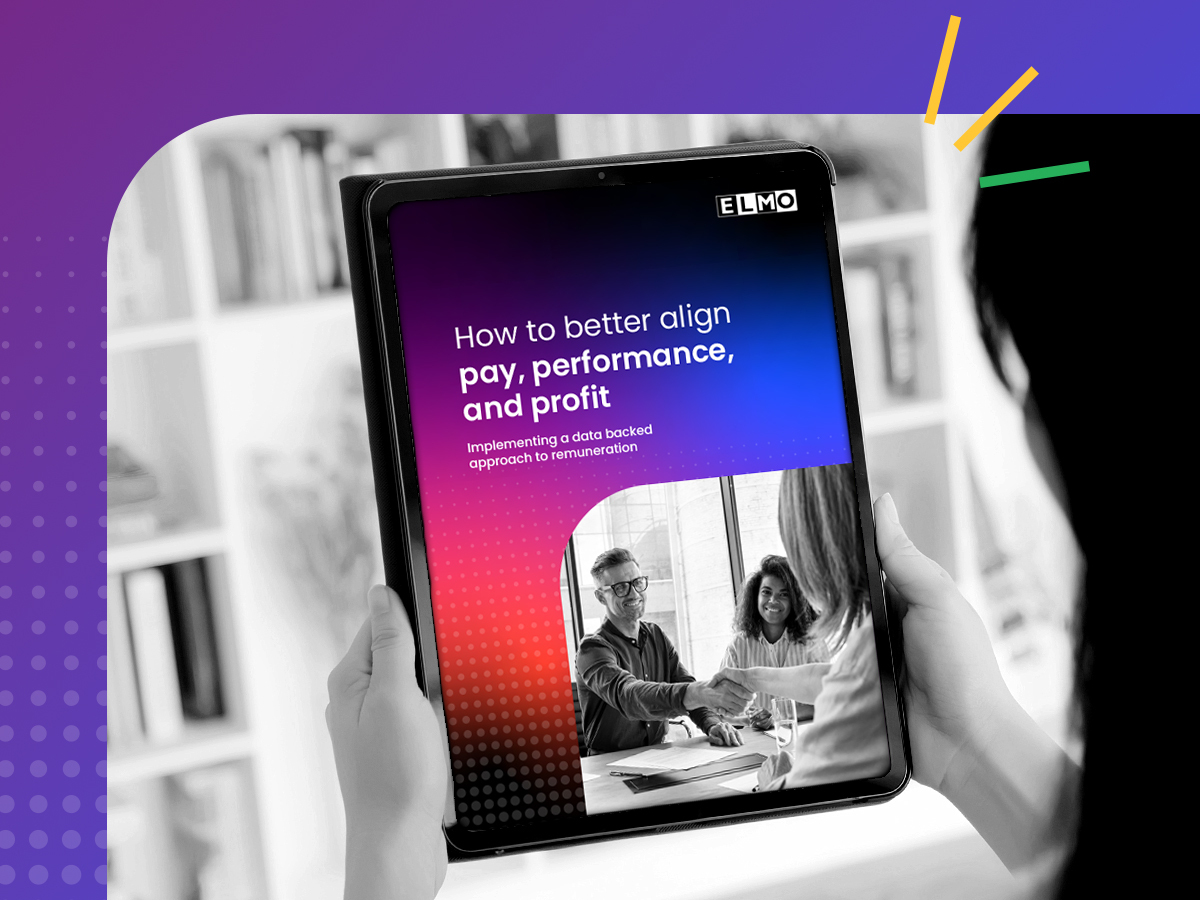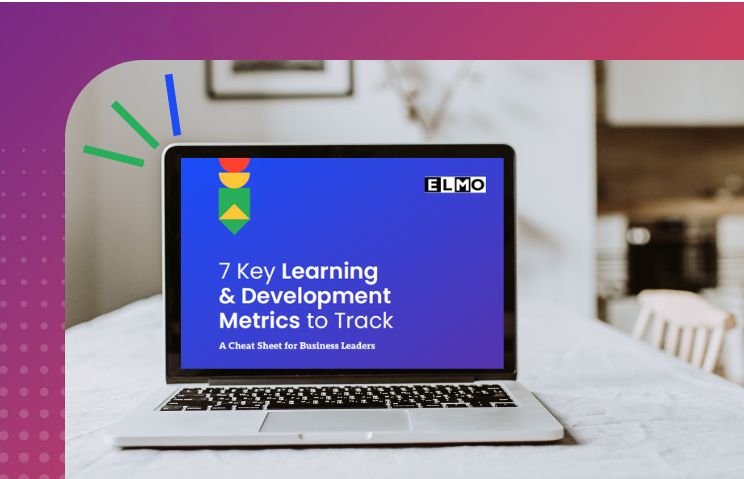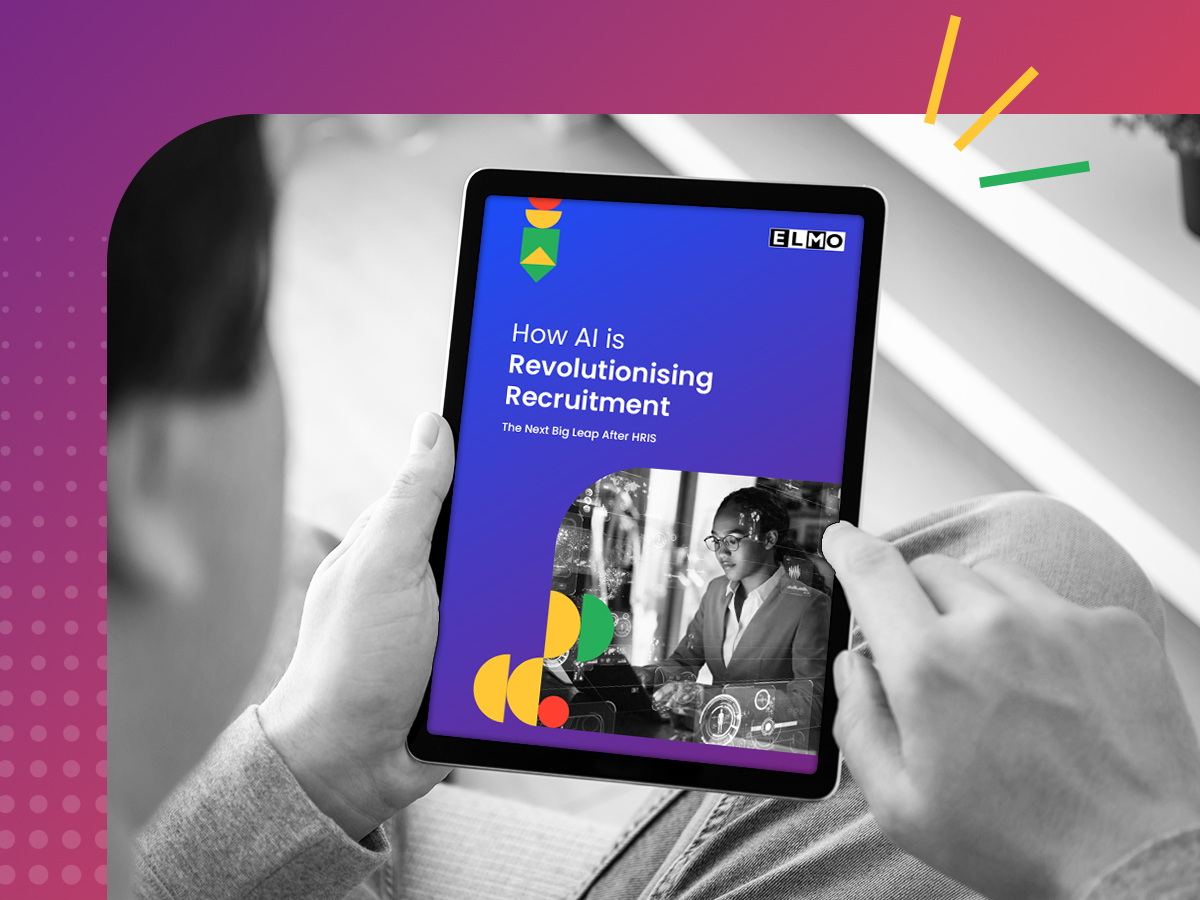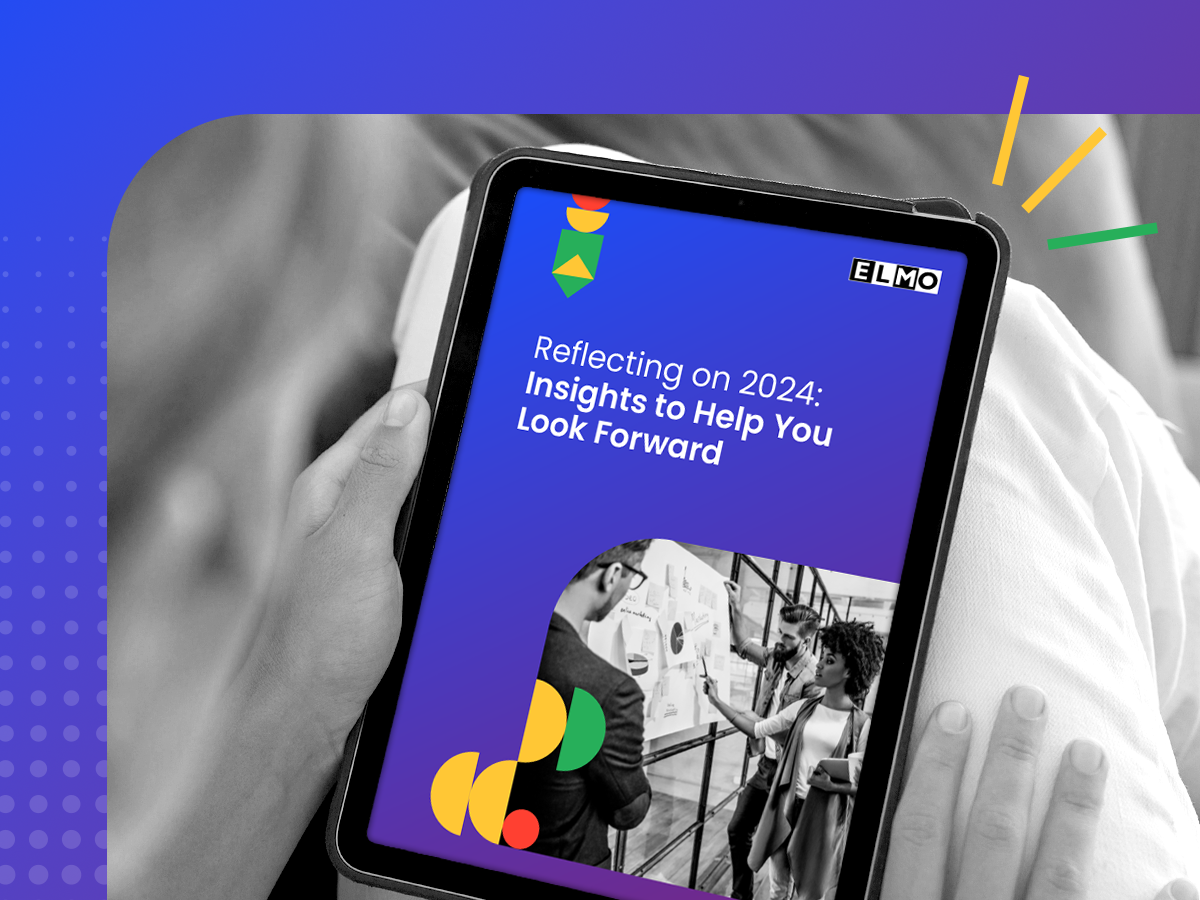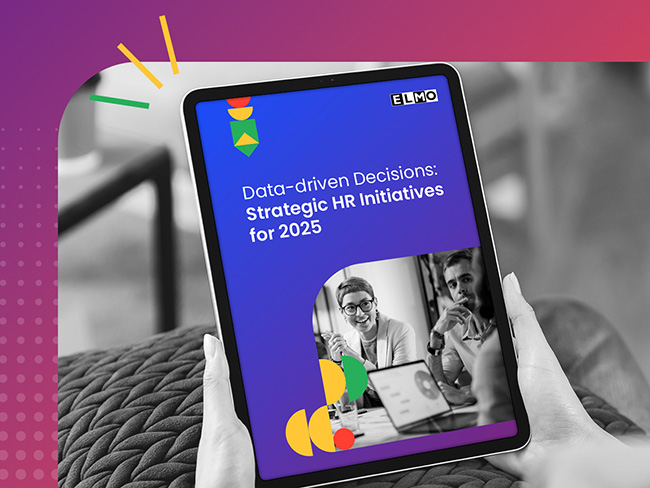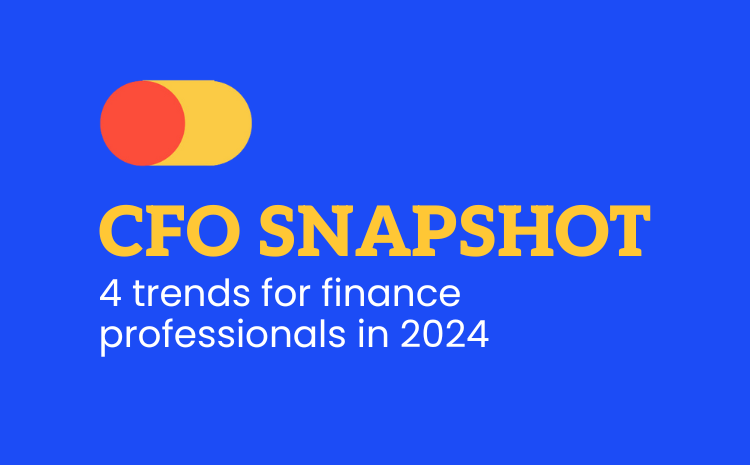How to Choose the Best Recruitment Software

Many business owners and HR teams are using time-consuming and often costly hiring processes that can lead to poor hiring decisions. There’s a better way. Automated recruitment software does all the heavy lifting – saving company resources, while attracting the best candidates to your door.
There’s nothing worse than realising you’ve selected the wrong candidate, after all that time spent obtaining the necessary approvals, formulating the right job description, placing job ads and wading through piles of resumes – not to mention scheduling and conducting interviews.
On the other hand, you may even call your dream candidate to make an offer, only to be knocked back, because they’ve already said yes to another job – with an employer that seemingly has a more efficient recruitment process than your organisation does.
Business leaders strive to build a strong team with skilled employees who contribute to a thriving workplace. Unfortunately, complicated hiring processes often get in the way, causing costly delays that leave managers scrambling to fill roles within a tight timeframe. This often happens when your juggling multiple programs or rely on manual methods.
In addition, there are external forces at play, with widespread skills shortages making it difficult to find and employ suitable candidates.
Thankfully, automated recruitment software such as ELMO Software helps you improve on the most important hiring metrics such as time to hire, cost per hire, employee retention, turnover rate and quality of hire, within one integrated platform.
Comprehensive recruitment software smooths out the hiring process for HR and department managers by streamlining each step, from job requisition through to contract signing, reducing the likelihood of hiring mistakes and costly delays.
This process helps both the candidate and your organisation to determine if they’re a good fit for each other before contracts have been signed.
This recruitment guide explores the following areas:
- Why is it so hard to find good employees?
- What is recruitment software?
- What are the most important features of recruitment software?
- Benefits that recruitment software can bring for your business
- Different types of recruitment software (integrated vs. standalone)
- How should I host my solution (on-premise vs. cloud)?
- Other considerations for integrated recruitment systems
- Final checklist for choosing the best recruitment software for your business
Why is it so hard to find good employees?
“The secret of my success is that we have gone to exceptional lengths to hire the best people in the world.” Steve Jobs, co-founder of Apple
Your company’s most valuable resources are its employees, so it’s vital that you’re hiring the best candidates.
However, this isn’t easy. Regardless of the size of the organisation, talent acquisition demands significant resources.
Here are some commonly cited challenges with existing recruitment processes.
Time-consuming
Most roles – especially hard to fill, niche roles – can take weeks or months to recruit for, especially when you consider the many steps involved.
You may start by filling out a requisition form and advertising the position. Then you’ll typically screen applicants, both before and after conducting interviews. Finally, you’ll make a decision and issue a job offer.
Your team devotes countless hours from the first step to the last. If you’re tracking the process on paper or with a simple spreadsheet, it’s likely to take even more time.
It takes an average 68 days for employers to fill a position, compared to the 26 days it took 5 years prior. This costs companies around $500 a day[1] per open position, according to management advisory company CEB.
Expensive
No matter how long the hiring process takes, it tends to be expensive. Even if you’re filling roles using an internal recruitment team, you’ll need a sizeable budget for promoting the position, screening candidates, interviewing people and training new recruits. You may also need to budget for lost productivity or missed sales that occur when roles remain open and unfilled. This cost escalates dramatically as soon as external recruitment specialists are engaged in the process.
The average cost for hiring one employee is ~AUD$5600, according to the Society for Human Resource Management.
Outdated technology
All workers, particularly millennials, are using tools like their mobile phones, social media and websites like LinkedIn to find and apply for their next job. Job seekers are also increasingly using videos as part of their applications, and employers are reciprocating by uploading corporate videos to job ads in order to showcase workplace culture. Unfortunately, many organisations rely on outdated recruiting methods such as cold calling, trawling through business cards, or advertising on general job boards, which fail to engage tech-savvy candidates.
Labour-intensive
The resources of most HR and talent acquisition teams are stretched thin. They simply cannot devote significant amounts of energy to lengthy recruitment processes, because there aren’t enough people on their team. Using manual hiring methods often creates a poor candidate experience, which brings with it a risk of receiving a negative review on Glassdoor or other sites.
Skills shortages and demographic changes
While many of the above elements are within the control of employers, there are also other significant developments taking place. The rise of automation and new technology has not taken jobs away from humans, in fact the opposite is true: new technology has resulted in previously unheralded skills being sought by employers. This challenge will escalate in coming years as ageing workers exit the workforce due to retirement.
Organisations are struggling to hire employees with the qualities they desire. In Australia alone, more than half of the firms surveyed by NAB had problems finding suitable staff. Similarly in New Zealand they have noticed skills shortages.
Now more than ever, it’s critical to source the right talent and avoid costly mistakes that damage brand reputation.
This is where automated recruitment software comes in.
What is recruitment software?
Recruitment software automates every step of the hiring process, from job requisitions and candidate screening to interview scheduling and job offers.
With candidate information being digitised and stored in the cloud, you no longer have to create physical files for candidates or design paper charts to track applicants.
There’s also no need to juggle multiple programs to complete different tasks.
You can now use one application to quickly and accurately manage every step of the hiring process.
What does this do?
- It reduces the time and cost to hire with a streamlined approach. Automation trims hiring costs significantly and with fewer data-entry errors, saves time going back and forth with amends.
- It attracts the most suitable candidates. Take advantage of the fact that so many people spend a significant amount of time online every day. Expand your reach using automated postings and digital networks.
- It provides a seamless candidate experience that tracks progress and allows applications to be sent from any device. An easy, pain-free application process means more candidates are likely to apply for your jobs.
Who benefits from automated recruiting systems?
Digital recruitment solutions simplify the entire process for everyone involved, from HR to departmental hiring managers – even the job applicants themselves!
What are the most important features of recruitment software?
Leading recruitment software such as ELMO Cloud HR & Payroll, will provide end-to-end functionality to address each step in a typical recruitment process (summarised below).
Requisition Management
- Job descriptions: Provide HR and hiring managers with the ability to quickly and accurately create requisitions, using predefined positions and job descriptions.
- Approval workflows: Customise approval workflows and provide email and dashboard notifications to suit new or established recruitment processes.
- Pre-screening: Use customised questions to advance the most qualified talent and automatically remove the applicants who don’t meet the minimum requirements for the role.
Candidate Sourcing
- Candidate Search: Search for talent using different criteria, including skills, qualifications, location, keywords, and more. Use matching technology to parse and matching the right candidates with relevant skills with the job requirements.
- Candidate Relationship Management: Browse, organise and process candidates instantly, in one convenient place. Fast application processing, branded and automated emails, geo-location search, and keyword search are just some of the powerful candidate management features available.
- Job board /Social Media posting: Extend your reach by posting job advertisements, including company videos, to internal and external job boards such as SEEK, Indeed, etc. Empower employees and candidates to share job openings on their preferred social networks.
- Talent Pools: Create pre-qualified talent pools for both internal and external candidates and keep track of the most promising talent in your secure talent pool. Detailed candidate profiles track the history of every prospect, from the time they were sourced, to the latest email communication, comments and scheduled events. If a position is difficult to fill, consider integrating the software with your preferred agency, so they can help you monitor externally sourced candidates.
- Candidate Screening: It’s frustrating to discover a candidate isn’t suitable, only after you’ve read their entire resume. Online recruiting software lets you assess candidates in an instant, based on screening questions. You can add screening criteria to the digital application and configure as necessary, allowing you to quickly sort through dozens or even hundreds of applications.
- Vendor Management System (VMS): This function enables your organisation to create job orders and submit them to their preferred external recruiters. This enables external recruiters to review the full job details and submit their best candidates to your organisation via the secure vendor portal.
Applicant Tracking System (ATS)
- Candidate Applications: Candidates can quickly find and apply for roles either by attaching a CV or uploading videos as part of the application process to create profiles using resume parsing technology.
- Applicant Workflow: Create customisable recruitment workflows for each new role, which can then be replicated as a template for all other future openings and keep track of each candidate throughout the hiring process via the ATS.
- Candidate Scoring: The scoring and grading model ensures the most suitable candidates in your pipeline are identified and hire-ready within moments.
- Interview Management: Schedule and execute interviews with candidates and synchronise this with a digital calendar. Also record your thoughts and follow-up questions after initial candidate interviews.
- Collaborative Recruitment: Assign a panel to review candidates and empower panelists to internally share notes and evaluations.
- Contract Management: Create and send job offers, in addition to employment contracts, which can be signed and stored in the ATS. Candidates can accept the offer and sign paperwork electronically, at their convenience. Although recruitment systems rely heavily on automation, there’s ample room for customisation too. You can easily create personalised letters for preferred candidates to nurture the relationship.
Reporting/Analytics
- Recruitment Reporting: Users can generate reports through standard reports or custom report builder, covering key measurement metrics in relation to time to hire, candidate source reporting, placed candidates, cost to hire and the hiring process in general. With this information, decision makers can plan for future changes to recruitment procedures.
- Data analysis: With reporting and analytics features, employers can evaluate potential talent and their hiring teams on a deeper level.
- Report Sharing: Ability to schedule and share recruitment reports with various stakeholders.
Integration with HCM system
- Another desirable function is its integration with other HR aspects of the employee lifecycle, in an end-to-end human capital management (HCM) system, rather than connecting with multiple, disparate HR systems. An end-to-end cloud HR & payroll system such as ELMO, allows data gathered via your recruitment software to sync seamlessly with other critical HR services, including onboarding, payroll, performance management and learning management.
Benefits that recruitment software can bring to your business:
“Acquiring the right talent is the most important key to growth. Hiring was – and still is – the most important thing we do.” Marc Benioff, Founder of Salesforce
Save time
A streamlined recruitment platform slashes the time it takes to hire new recruits, who become productive members of your team, sooner rather than later.
Automated technology digitises every aspect of the recruitment process, from job requisitions to candidate sourcing and vacancy promotion.
This allows your HR department to focus on other tasks, rather than allocating weeks to hiring.
Reduce spend
Traditional recruitment is expensive. The average company spends 84 percent of its recruiting budget on conventional tactics such as job boards and employee referral programs. Automated software, on the other hand, empowers your team and gives them access to advanced tools that save money by reducing, or even eliminating the funds allocated to third party recruitment firms. Organisations can build their own talent pools, rather than rely on external consultants.
We’ve developed a Recruitment ROI calculator specifically designed, based on market research and data, to estimate how much you can save with automated recruitment software.
Attract top candidates from different regions
You can cast a wide net and connect to networks with strong user engagement, or target specific groups using e-recruitment strategies. The more people that read your job vacancy and spread the word, the better. This gives you a wider reach than traditional hiring methods, allowing you to connect with people in other regions. This is particularly important when certain skills are scarce.
Applicants are more likely to choose you or recommend your company to others
Poor communication and long delays in the hiring process can put off any candidate.
A smooth, easy application process is critical, since a poor candidate experience can cost you a potential employee and damage your brand.
Satisfied applicants are 38 percent more likely to say yes to your job offer. They’re also twice as likely to recommend your company to their colleagues, which boosts your reputation.
Are there different types of recruitment software?
Yes.
- Standalone recruitment platforms
- Integrated recruitment platforms
We strongly recommend an integrated solution.
Why?
Standalone recruitment systems operate independently from other applications your organisation uses. This means more work for you.
You can’t automatically link data from recruitment to payroll, training and other HR functions. You must manually connect the dots and merge the information, which wastes valuable time and resources.
A standalone program focuses on a specific task in isolation to other functions, so it’s cheaper than comprehensive solutions. However, you still need to invest in other applications to complete your HR software suite.
Standalone solutions tend to be more challenging for your team to master, so you need to provide more training.
On the other hand:
Integrated recruitment software is designed to fit perfectly with other HR platforms. As soon as you enter the data, it feeds into all the connected systems, offering a complete, all-in-one solution.
This means you can instantly connect recruitment data to onboarding, payroll and other functions.
How does this help your business?
- There’s no double handling of data, so staff are less likely to make mistakes.
- Information is current and accurate, since connected systems receive updated data in real-time.
The initial investment for an integrated recruitment solution is more expensive up-front than for standalone applications, however it eliminates the need for multiple programs and is easier to maintain, saving time and money in the long-term.
How should I host my solution (on-premise vs. cloud)?
You have two options when it comes to hosting your recruiting solution:
- In the Cloud
- On-premise platform
More businesses are choosing cloud-based technology for their HR services. This is probably the best option for you too.
What’s the difference?
On-premise hosting:
Your company hosts and manages the technology for the software from your workplace. This requires a dedicated IT team for maintenance and system upgrades, as well as space for the equipment.
Some businesses prefer this approach, because they have complete control over data storage and there are no subscription fees.
However, this requires a huge investment in licensing and on-site servers, which can be expensive and drain resources.
Cloud-based recruiting software:
The vendor hosts the program on their cloud-based platform, so you don’t need to maintain equipment or deal with system upgrades.
This is a cost-effective solution in the long-term, because there are no ongoing costs, other than the monthly subscription fee.
The best cloud solutions also offer strong privacy and security shields, which are regularly updated.
Other benefits of cloud-based recruitment software:
- Strong privacy and security shields, which the vendor constantly updates
- Fast installation and low set-up costs
- Ongoing software upgrades, with no disruption to your workflow
- Remote users can access the software by connecting to the internet
- Adapts easily to changing office environments
- Strong customer support
What are the other considerations of an integrated recruitment systems?
When sizing up your recruitment software providers, here are some questions to consider.
How long does installation typically take?
Depending on the size of an organisation vendors may offer different approaches to implementation. For instance for larger enterprises vendors may have a dedicated implementation consultant to assist in delivering a fast, efficient roll-out of the platform, so there’s no interruption to your workflow. Alternatively vendors may offer SMBs an easy out-of-the-box solution to self-implementation with easy access to helpdesk support to assist in the deployment.
Is it easy to use?
Automated software is easy and intuitive to use, as it’s designed to save you time. Complex programs add unnecessary steps to the hiring process and waste resources.
Ask your vendor for a free demonstration, to make sure the product is user-friendly.
Is security and privacy a priority?
Weak security standards could lead to a data breach, which puts your company and reputation at risk.
Make sure there are multiple shields and a back-up system in place, for emergencies. Security must be monitored, reviewed and improved regularly.
If you’re using a cloud solution, examine your vendor’s privacy policy to ensure your information won’t be shared with other parties.
Is local support offered?
The best providers offer fast, local support when you need it, so that if the issue can’t be handled remotely they may be able to send someone out to see you onsite.
Ask your vendor if their support team is local or outsourced. Many providers outsource this crucial service because it’s cheaper for them, but this isn’t always in your best interests.
Is it adaptable and flexible?
Your business goals may be clear today, but they’re bound to change over time.
Choose a hiring system that easily adapts to change. This means you can add or remove apps, features and users as your business expands or changes.
What is your vendor’s track record?
Beyond features and budget, it’s important to evaluate a vendor’s history in the marketplace, and understand their additional offerings (if any). Here are three key areas to assess vendors on:
- Security features and accreditations
- Customer testimonials, case studies, or references
- Technical support
- Scalability and flexibility to integrate with other HR solutions for future-proofing
Eliminate any vendors that don’t offer the support, integration capabilities, or security your business needs.
Become a business that talented workers seek out…
In summary:
Organisations tend to thrive when they have a strong team of skilled employees.
This is why recruitment is so vital – you want to hire the best people, in the most effective way.
Unfortunately, this is a long and expensive process when outdated methods or multiple programs are used.
Add widespread skills shortages into the mix, and it becomes harder than ever.
Thankfully, automated recruitment software uses digital technology to quickly and accurately manage every step of the hiring process.
- All the data and services you need are on a single platform
- It allows for secure collaboration between managers
- You can target highly skilled applicants and extend your reach so more people see your job vacancy
- It provides effective communication with candidates, who find the application process easy and efficient
The results?
- Save time and money
- Attract the most talented workers to create a productive workforce
- Candidates are more likely to accept your job offer or rave about your brand to others
Ensure your automated recruiting solution ticks the boxes on this checklist:
- An integrated platform that merges with other HR systems and external apps
- Cloud-based hosting for the ultimate convenience
- Does it provide all the recruitment services you need?
- Can you add on features and users?
- Local support
- Quick installation
- Easy to use for staff and applicants
- Robust privacy protection
- Multiple layers of security
- A free demonstration so you can see the product in action
Remember, the best recruitment strategies turn overwhelmed managers into decisive leaders who build strong teams.
It’s all about finding the best solution for everyone involved, candidates included!
“Nothing we do is more important than hiring and developing people. At the end of the day, you bet on people, not on strategies.” Lawrence Bossidy, Former COO of General Electric
Make an enquiry or request a free demonstration to see how we can help your business.
ELMO Software is Australia and New Zealand’s only integrated cloud HR, payroll and rostering / time & attendance solution.
We provide comprehensive solutions and local support across Australia and New Zealand to organisations of all sizes.
Over 1000 businesses use our intuitive HR software to hire, pay, train and reward their staff. Please contact us if you’d like to find out more about ELMO’s cloud-based payroll, rostering/time and attendance, or HR software.
You can also try our Solution Configurator to see which ELMO solutions are recommended for you, based on your specific business needs.
 HR Core
HR Core 
